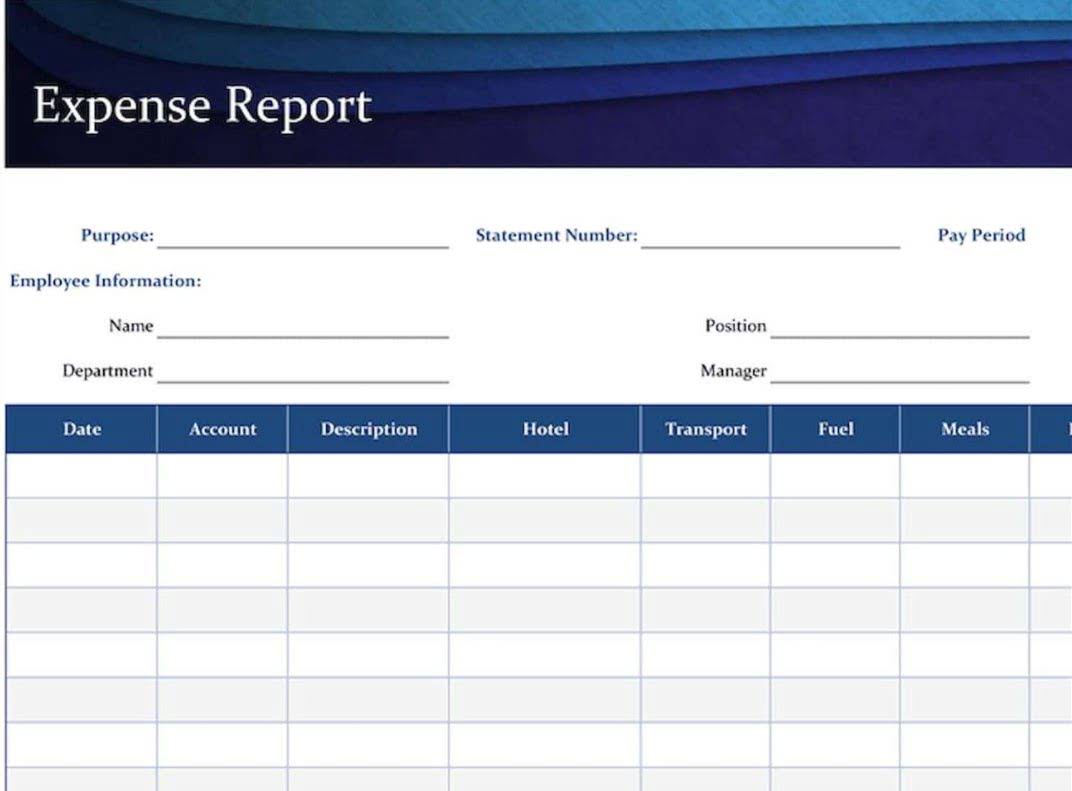Paycheck Stub Online is a highly-rated free paystub generator that allows you to quickly create professional and accurate pay stubs. Whether you’re a small business owner or a freelancer, this tool is simple to use and provides all the essential information for a real check stub. QuickBooks is a well-known name in accounting, and its paystub generator lives up to the brand’s reputation for ease of use. This tool provides an efficient way to create professional paystubs in just a few steps. It’s a straightforward tool that integrates well with the rest of QuickBooks’ accounting software. Check Stub Maker is another popular real check stub generator that’s great for creating professional pay stubs.
View your pay stubs, time off, and year-to-date pay in QuickBooks Workforce
A free paystub generator ensures that all of your pay stubs look polished and contain all the necessary information, including taxes, deductions, and net pay. These pay stubs are legally valid and can be used by your employees for proof of income or other financial purposes. They are also essential for keeping accurate records for your business, ensuring compliance with tax laws, and making your payroll process more efficient.
Wave Accounting is an all-in-one accounting software that offers more than just paystub generation. Along with invoicing, accounting, and receipt scanning, Wave also allows users to generate paystubs for their employees or contractors. The free version is ideal for small business owners or freelancers who need a simple, integrated solution for managing payroll and finances. Creating professional paystubs is essential for businesses of all sizes to ensure that their employees are paid accurately and consistently. An online pay stub generator is a tool that allows users to create pay stubs quickly and easily. Many of these tools are web-based and don’t require software installation.
We believe everyone should be able to make financial decisions with confidence. It depends on the size of your business and your payroll needs. For small businesses, doing your own payroll with QuickBooks can be a cost-effective option. However, larger businesses with more complex payroll needs may benefit from a more dedicated payroll service. However, for larger businesses with more complex payroll needs, it may not be the best option.
How To Create Paystub in Quickbooks Online
- First, check your state’s requirements regarding the electronic delivery of pay stubs.
- Important they have pay stubs so they can apply to rent an apartment etc.
- Any other usual deductions specific to your employees can also be included here.
- The tool allows you to create paystubs for several employees at once, which can save a lot of time during payday.
These tools are simple to use, cost-effective, and time-saving, making them a must-have for any business looking to simplify payroll. StubCreator is one of the most efficient online paystub generators available. It allows you to create professional paystubs quickly and easily, even if you don’t have experience with payroll or accounting. This tool comes with customizable templates to suit various payment frequencies and business needs.
Then use the employee’s Form W-4 to fill in their state and federal tax information. QuickBooks generates detailed, professional-looking check stubs that meet compliance standards. Employees get access to their earnings, deductions, and year-to-date summaries easily.
The effective use of QuickBooks for pay stub creation significantly improves the efficiency and accuracy of payroll processing. Click the Print button to create a PDF of your employees’ pay stubs, which you can then print on plain paper and distribute to your employees. The result should be an estimate of the salaried employee’s paycheck that pay period. Now that we understand why a free paystub generator is so helpful, let’s look at some of the best free paystub generators available. Because each state is different, finding accurate payroll tax law information can be difficult and confusing. This map makes it easy to find up-to-date tax laws that apply to your state, plus links and contact info for appropriate agencies.
- I’m really not looking to sift through your 50 third-party app(partners) to find this one mini feature I’m looking for.
- Billie Anne is a freelance writer who has also been a bookkeeper since before the turn of the century.
- This helps your business stay compliant with IRS and state tax regulations.
- The paper pay stubs in QuickBooks have all the information you set when you prepare them.
Once you accept the invite, go to workforce.intuit.com or use the Workforce app to set up your account for payroll or time tracking. Stub Creator offers an intuitive online interface designed specifically for quick adjustments and editing of generated stubs before finalizing them. Users appreciate the flexibility of being able to customize each document according to specific needs while ensuring all legal requirements are met seamlessly. I’ll share details about producing paystubs for contractors in QuickBooks Online. With QuickBooks Payroll, you can automate employee payments and ensure taxes are filed correctly and on time.
No Software Installation Needed
Generating paystubs using the QuickBooks payroll has a number of benefits. It includes all the necessary computations for pay, deductions and tax, among others. It reduces calculated errors and meets current legislation regarding payroll. It also adheres to other government requirements for the needs of the business. Understanding the nuances of pay stub generation in QuickBooks can be challenging. This FAQ section aims to address common concerns and clarify the process, providing further insight into efficient payroll management within the QuickBooks system.
Estimate taxes
By using a paystub generator, you can easily store and manage payroll records. Most tools allow you to download and quickbooks pay stub generator save pay stubs in digital formats, making it easy to keep track of payments and provide employees with proof of income when needed. Online Pay Stub Generator allows you to create paystubs with a high level of customization. It provides a free version for generating basic paystubs and a premium version for more detailed features. The free version supports standard paystub fields, such as hourly rate, deductions, and tax information.
It ensures the user inputs all the required data and makes it accurate. Even if your employees don’t regularly review their pay stubs or need them for a lender or social services, you should still provide a pay stub with every paycheck. Many states require you to provide pay stubs to your employees, and some have requirements specifically for the electronic delivery of pay stubs.
Tips for Efficiently Creating Pay Stubs in QuickBooks
Consistent and accurate pay stub generation contributes to a more efficient and well-managed business overall. The process of generating pay stubs involves inputting employee information, such as hours worked, pay rates, and deductions. This data is then processed by QuickBooks to calculate net and gross pay, reflecting all applicable taxes and deductions. The system automatically generates a pay stub that adheres to legal requirements, eliminating the need for manual calculations and formatting. The ability to customize pay stubs with company logos and other branding elements enhances professional presentation. QuickBooks offers various options for exporting and distributing pay stubs, accommodating different business preferences.
Much like how the invoices pull in your business info, client info, etc. When you’re ready to prepare the check, hit Save and Close to send the check to your print queue. If you’re planning to grow your business or want peace of mind with automated compliance, QuickBooks is a strong choice—though it comes at a cost. Since the data is manually entered, there’s a higher chance of making mistakes.
Easily Create an S Corp in California: A Simple Guide
You can also access tax calculation features that are up-to-date with the latest regulations. As the name suggests, Paycheck Stub Online provides a streamlined platform for creating professional paystubs. It’s a free tool that doesn’t require any software installation. The platform enables users to input basic payment information and generate paystubs with tax calculations, all for free. It’s a great option for small businesses or independent contractors who don’t need a complex system but still want to maintain a professional image. For those already using QuickBooks for their accounting needs, the QuickBooks Pay Stub Generator seamlessly integrates into their system.
Contact your state’s labor office for more information about the pay stub delivery requirements for your state. The paycheck calculator is designed to estimate an employee’s net pay after adding or deducting things like bonuses, overtime, and taxes. Please keep in mind that this calculator is not a one-size-fits-all solution. You’ll want to consult an accountant or invest in full-service payroll software to feel completely confident that you’re paying employees correctly. Check Stub Maker is ideal for businesses that want a simple, no-fuss pay stub generator that is easy to use and provides all the essential details for employees. Great for both employers and employees, this tool helps calculate paychecks based on pay type, pay rate, bonus, commission, overtime, federal/state taxes and more.















